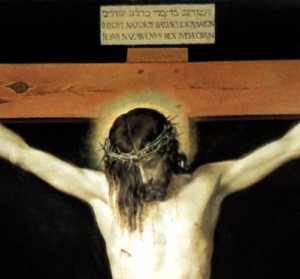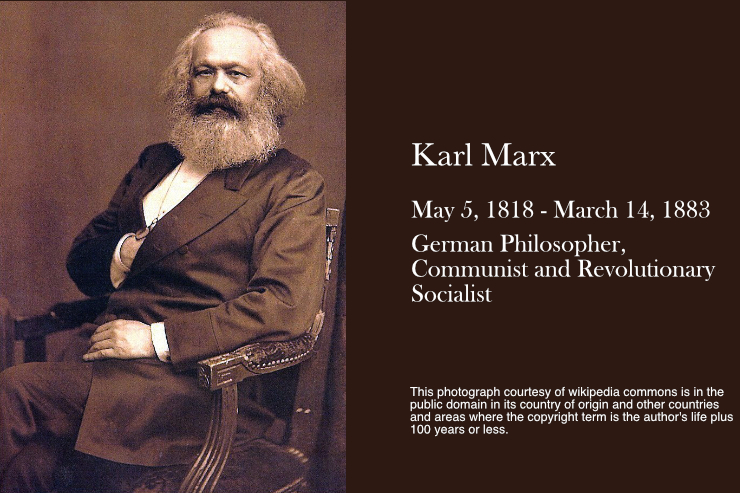One thing that semi-retirement offers is the possibility of making one’s life incomparably more hectic. A recent example illustrates the point. My wife and I drove to the Buffalo, NY Airport and flew to Las Vegas for a family wedding. We rented a car and drove to the Hoover Dam and on to the Grand Canyon. After the wedding, we flew back to Buffalo, picked up our car and drove to Springfield, Illinois where I presented a paper on “Love and Healing” at the 78th Catholic Medical Association Conference. When the 4-day conference concluded, we drove back to our home in southern Ontario where hundreds of email and telephone messages awaited us.
My purpose here is not to complain (or to boast), but to share some reflections formed by the striking contrast we experienced between life in Las Vegas (“Lost Wages” as some have sadly described it) and the Catholic Medical Association Conference where the theme was “The Theology of Suffering: Bringing Faith, Hope, and Love to the Art of Healing”.
Las Vegas (especially the “Strip”) is an unusual place. It was designed and dedicated to pleasure and entertainment. It is a gambling Mecca of improbable origin: Water the desert with money and casinos blossom. Opportunities for gambling are everywhere, not only in the hotels and motels, but in drug stores, grocery stores, and at the airport. Yet, this city of pleasure did not seem to me to be producing much pleasure. I observed the grim faces at the slot machines, the hands reaching for cigarettes and alcohol, the hunger for more – more money, more excitement, more pleasure. But the “more” that arrived, appeared to be in the form of dissatisfaction.
Marcel Proust commented that “Nothing is more limited than pleasure and vice”. He could just as well have said, “Nothing is as unlimited than love and virtue”. I saw much more pain and disappointment in the countenances of the gamblers than pleasure. For them, it seemed to be like looking for water in a desert.
Las Vegas offers plenty of stimulation for the senses, I thought, but little solace for the soul. Las Vegas is the Land of the Momentary. By contrast, our visit to the Grand Canyon presented us with an image of the eternal. Its majestic stillness and unbroken quietness provided an atmosphere in which it was easy to pray. Having just left Las Vegas, I had the sense that pleasure reduces life to the self, whereas prayer raises the self to God. Pleasure renders us passive, prayer renders us active.
When I arrived at the conference on suffering, the question no one ever asks occurred to me: “Why is there so much pleasure in the world?” When we seek pleasure too ardently, it smothers meaning. It invariably disappoints. We are left dissatisfied. It is limited and fleeting, and has the ability to carry us away from God. It can lead us to atheism more readily than suffering can.
But suffering seeks, even demands meaning. We are, as psychiatrist Viktor Frankl explains in his book, Man’s Search For Meaning and in his logotherapy, meaning-oriented creatures. We can endure suffering if there is meaning attached to it. Christ’s suffering on the Cross is the ultimate convergence of suffering and meaning. We need to find meaning, yet are often distracted from its pursuit by pleasure. We do need pleasure. St. Thomas Aquinas wisely points out that we cannot live without delectation. Nonetheless, pleasure, being limited and fleeting, is not elementary or enduring. It is best savored when we are doing something more important: the pleasure at the table when in the company of good friends, the pleasure of seeing the smiling face of a loved one. Pleasure without meaning, of course, is ultimately meaningless. Pleasure with meaning is the icing on the cake, the dividend that is added to the principle.
The speakers at the conference—medical doctors, psychiatrists, theologians, philosophers—all understood that in addition to attempting to cure or alleviate pain, it is also of critical importance to help suffering patients to find meaning in their suffering. Because of this understanding, it was fitting that the conference was dedicated to St. Padre Pio of Pietrelcina, recognizing that “Through his prayerful intercession, many who suffered were healed of sickness and disease.”
On the first anniversary of the Casa Sollievo della Sofferenza (the “Home to Relieve Suffering”), in 1957, St. Pio stated that “the recovering, doctors, priests will be reservoirs of love, which, inasmuch as it abounds in one, the more it will be communicated to others”.
There is a mysterious, but very real connection between love, suffering and meaning. Christ, of course, is the model. Because of His love, redemptive meaning flowed from His suffering on the Cross. It was inspirational for my wife and I to witness the dedication to this triad displayed by the speakers and more than three hundred Catholics who attended the conference.
I attended Mass, while in Las Vegas, at the “Shrine of the Most Holy Redeemer”. It is a church for travelers. I was the sole Canadian present that Sunday morning. The priest was delighted to learn that I resided in Kitchener. “That’s where we got our Cross!” he happily informed me. The idea of bringing the Cross from Kitchener to Las Vegas intrigued me. The Cross is not pleasant, but it brings love and meaning into people’s lives. And here is the mission of all Christians: to bring love to the suffering so that meaning is made apparent.
If you liked this article, click on “Recommend” to share with your Facebook network. And please share your thoughts on this article by submitting your comments below. – The Editors













